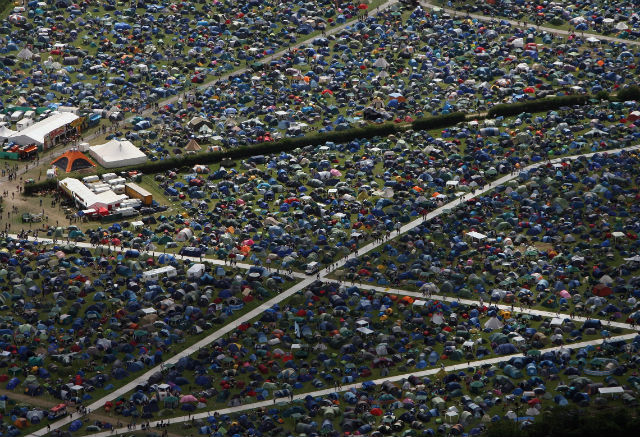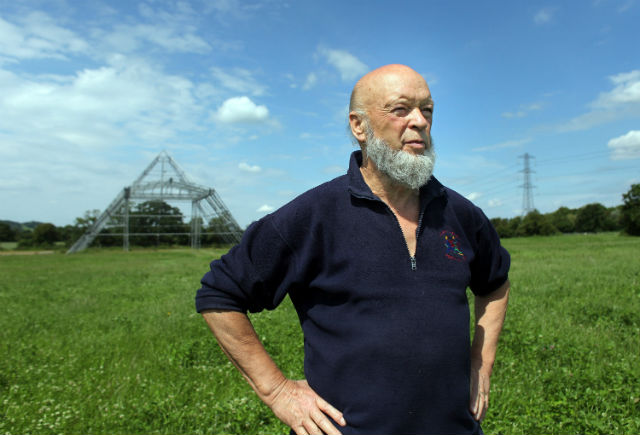
Glastonbury is probably the world’s most famous music festival and tickets for the event sell out in a matter of hours every year. Virtually all the biggest names in music have graced the stages at the festival at some point, from the Rolling Stones to Beyonce. The 900 acre site is so big that it’s possible to get lost (and many of the 120,000 revellers do..) and the event has often been compared to a small city rising out of the countryside, so huge are the dimensions. Given the sheer scale of the operation, how does it all come together?
Rest assured, sending a parcel to the UK or worldwide efficiently and quickly with Fastlane International is significantly less complicated.
Unsurprisingly, the site doesn’t go up overnight and it’s many months before the event begins that the logistical operation and preparations get under way. The amazing things is when it is not a music festival, it literally is a field and Michael Eavis’ working dairy farm.

There’s the 8km perimeter fence to put up, for example, which has been the subject of significant controversy over the years, and then there are supply routes that need to be created in order to bring in everything from portaloos to endless miles of loo roll, electricity and water before and during the event itself. The main stages go up in the weeks before the festival begins and once the Pyramid stage is up then the area really starts to feel like Glastonbury Festival.
Once the basics of the site are up and running then there are the essentials like the festival toilets – nearly 6,000 are brought onto the Glastonbury site every year. That’s a 1:20 toilet to people ratio. Market stalls providing food and drink, as well as everything from hemp clothing to wellington boots also have to be pitched and there are over 1000 of those to organise.

Cashpoint machines have to arrive, be set-up and managed, broadcasters have to be accommodated – the BBC coverage alone requires a sizeable quasi-military operation with over 40 miles of cable. When the time comes to let in the ticketholders then there are the tents to consider and with 430 per hectare every year that’s an enormous number to accommodate.
During the festival itself there are more than 34,000 performers and crew from mammoth headliners like Metallica with truckloads of equipment through to hundreds of other bands, DJs, dance troupes, circus performers and entertainers of every shape and size. Some swoop in and out by helicopter, some have to be accommodated in a backstage ‘village’ with upscale catering. For the rest, several thousand bar staff are on site to provide thirsty festivalgoers with access to lots of lovely Somerset cider and beer and it’s the unenviable job of several hundred toilet workers to make sure that the toilets remain usable throughout the festival, including vacuuming out more than 800,000 gallons of effluent every night and transporting offsite in tankers.

Once Glastonbury comes to a close there’s the big cleanup to consider and the site employs over 500 litter pickers to help get the fields back to their previous green and pleasant state. The clean up process takes around two weeks with more than 1,700 tonnes of waste removed from the land on which the site sits – interestingly, the festival manages to recycle around 48% of that waste, including around 12 tons of discarded tents!
Although it might seem like a fairly thankless task, many of those involved in the logistics of Glastonbury will have received a free ticket in exchange for their services, providing plenty of incentive to get the job done. After all, what could be more motivating than being a part of the biggest and best music festival in the world.

